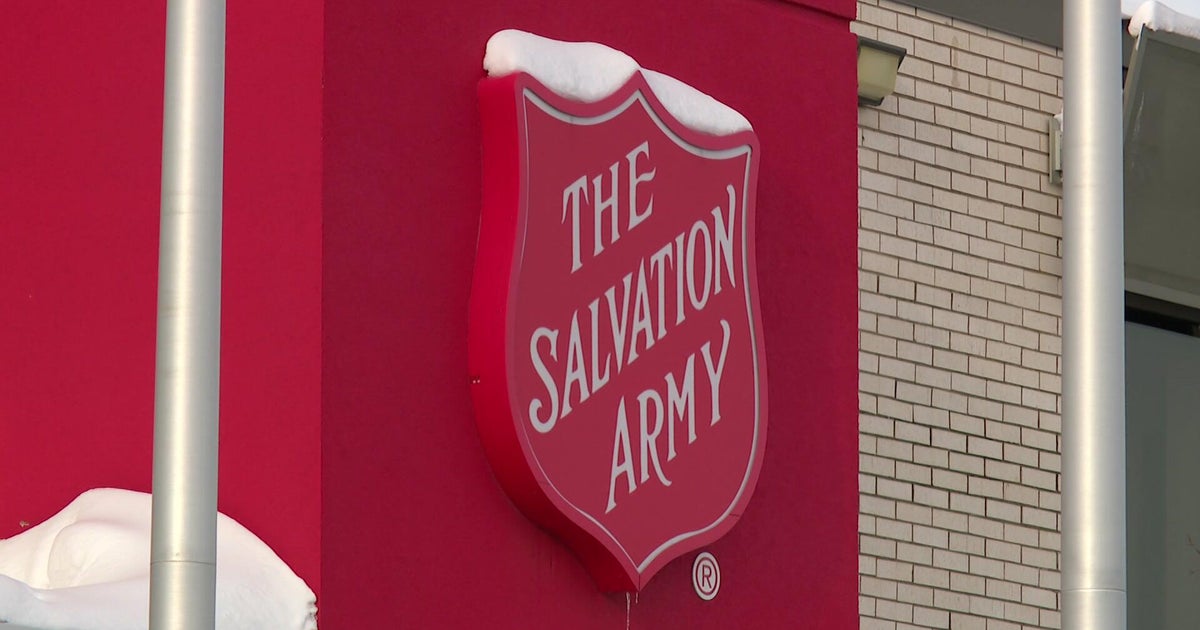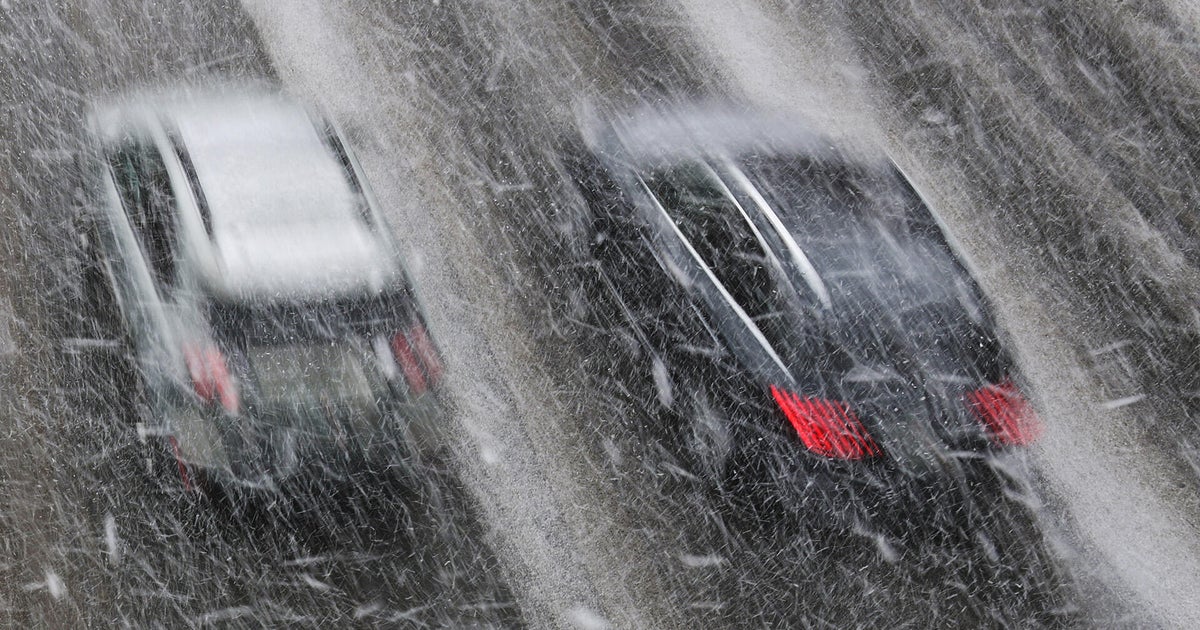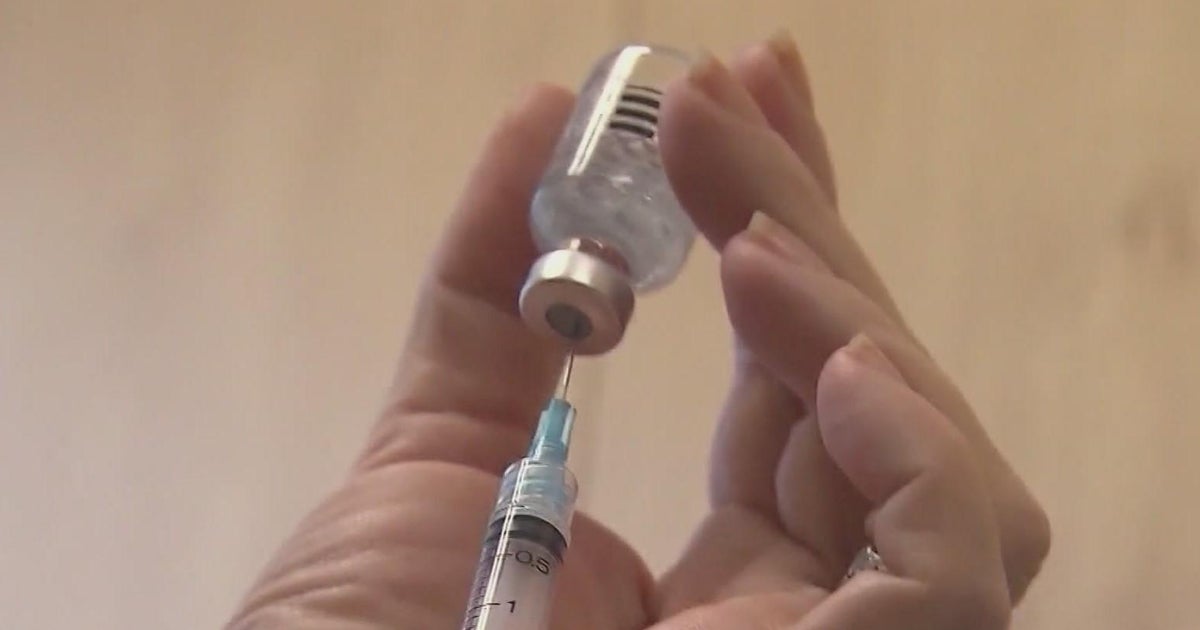What does volunteerism look like?
BROOKLYN PARK, Minn. – For years, Minnesota has ranked No. 1 or No. 2 when it comes to volunteering in the U.S.
But, like in many areas, formal volunteering suffered during the pandemic.
So, where does volunteering stand now? Good Question.
"Volunteerism is at a really interesting crossroads right now," said Karmit Bulman, executive director of Minnesota Alliance for Volunteer Advancement (MAVA). "As we are opening up more, people are realizing that volunteers aren't just going to magically come back."
Bulman said during the pandemic some organizations were able to hold onto their volunteers, but many furloughed them entirely, including their volunteer coordinators.
For example, Second Harvest Heartland kept volunteers on, but fewer people helped due to safety concerns from both the volunteers and the nonprofit. They averaged 20,000 to 30,000/year volunteers pre-pandemic. With students, corporate and faith-based groups returning to volunteers, their numbers are now at 6,000/year and growing.
"We're definitely seeing people wanting to go deeper, rather than go wider," said Kelly Mortvedt, volunteer resource manager at Second Harvest Heartland. "We're seeing a more intentional approach. People are wanting to come in with their friends and family or community groups."
Mortvedt said people are also asking for more remote or hybrid options, which is something the non-profit is now offering.
During the pandemic, Catholic Charities was able to keep their doors open through continuing their volunteer operations. Some of their volunteers, especially older ones, scaled back, but they also created new roles with more social distancing. Catholic Charities said they've seen more students step up over the past 2.5 years as volunteers and interns.
"It's not so easy to rebuild," Bulman said.
Bulman said as organizations recover from the pandemic, they should look at the lessons that come from informal volunteering, which was essential during the pandemic.
Research has shown that up to 70% of the world's volunteering happens informally. That was clearly the case during COVID as people delivered meals, sewed masks or handed out information about the importance of vaccines.
"Maybe they're doing it from their homes and using social media as a way to connect," Bulman said. "But people are still volunteering, they're just doing it differently."
Bulman said informal volunteerism should take advantage of the resources of the formal organizations, but the non-profits should learn from the informal by breaking down barriers to volunteering. Examples would be offering remote options, transportation, streamlining orientation or background checks.
"We can get back to where we were, but we have to be very intentional about it," she said.
All the nonprofits WCCO spoke with say the need for volunteers is still huge. If you would like to help, the experts say think about what you're passionate about. Then, find a local group – like VolunteerMatch or Hands-On Twin Cities – that can help you connect with opportunities.








